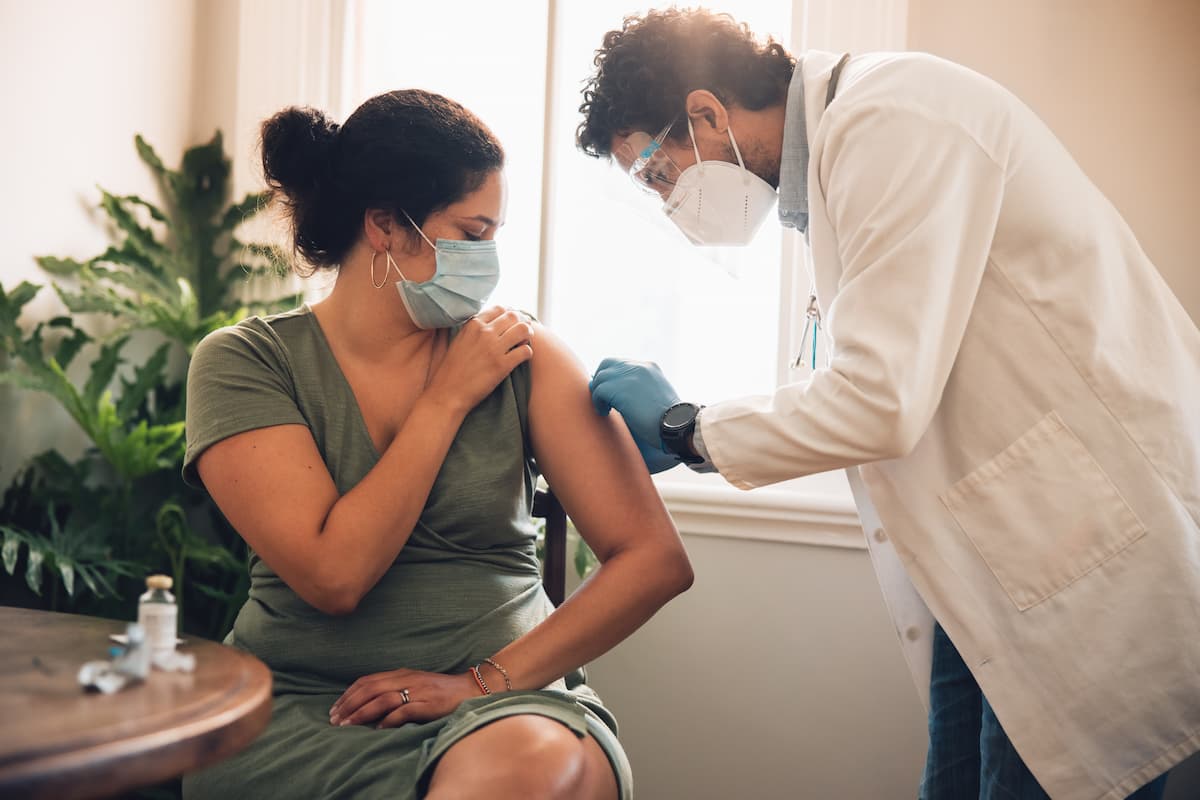Article
Study: Formula Predicts Ideal Dose of Stem Cells to Cure HIV
Author(s):
The right balance of stem cell dose, cell type, and timing of antiretroviral therapy (ART) could potentially lead to a spontaneous cure of HIV, according to the study authors.
A study published in eLife found optimal conditions following a stem cell transplant that could control HIV without the need of an everyday pill.
To date, there are only 2 cases of a cure to HIV—dubbed the Berlin patient and the London patient—who both received transplants with stem cells from donors who lack a molecule called CCR5, which HIV is attracted to. The right balance of stem cell dose, cell type, and timing of antiretroviral therapy (ART) could potentially lead to a spontaneous cure of HIV, according to the study authors.
“The major obstacle to HIV eradication is a latent reservoir of long-lived infected cells, and cure strategies aim to eliminate all infected cells or permanently prevent viral reactivation from latency,” said first author E. Fabian Cardozo-Ojeda, MS, PhD, in a press release. “We wanted to recreate the cures seen in the Berlin and London patients but with reduced toxicity.”
The researchers investigated the use of autologous stem cell transplants, in which bone marrow stem cells are removed from the patient, engineered using gene editing so that they lack CCR5, and then returned to patients. Although this technique is being experimented in an early clinical trial in people with HIV, the minimum number of CCR5-edited stem cells required for the long-term remission or cure seen in the Berlin and London patients was unknown.
To determine this, the researchers developed a multi-stage mathematical model to study the dynamics of residual and transplanted stem cells, HIV viral load, and how these are affected by the timing of ART withdrawal. They based their model on data from 22 monkeys with simian HIV, which were treated with a stem cell transplant, with or without CCR5 gene editing. A subset of the animals then had their ART stopped after a year, according to the study authors.
Although the immune cell dynamics and viral load differed between the animals, a consistent theme was that the viral load after ART withdrawal was higher in transplanted animals than untreated. This suggests that stem cell transplantation might reduce existing immune cell immunity to HIV, with the research team speculating that this immunity might be recovered if CCR5 is sufficiently disrupted in the transplanted stem cells.
Using a model to calculate the conditions required to achieve viral control after ART withdrawal, the researchers found 2 important conditions:
- Ensuring a dose of at least 5 times as many transplanted stem cells as there are residual stem cells after the transplant.
- Allowing the CCR5-edited stem cells to be at least 76% to 94% of the total transplanted stem cell population.
“Our model predicts that viral control might be possible following autologous, gene-edited stem cell transplants if a sufficient proportion of edited stem cells are allowed to repopulate the blood before ART is stopped,” said senior author Joshua T. Schiffer, MD, MSc, in a press release. “The results illustrate the capabilities of mathematical models in optimizing strategies for HIV cure.”
REFERENCE
Formula predicts ideal dose of stem cells to cure HIV. eLife. https://elifesciences.org/for-the-press/69d423d5/formula-predicts-ideal-dose-of-stem-cells-to-cure-hiv. Published January 12, 2021. Accessed January 13, 2021.
Newsletter
Stay informed on drug updates, treatment guidelines, and pharmacy practice trends—subscribe to Pharmacy Times for weekly clinical insights.

FDA Grants Full Approval to mRNA-1273 COVID-19 Vaccine in Children At Increased Risk




